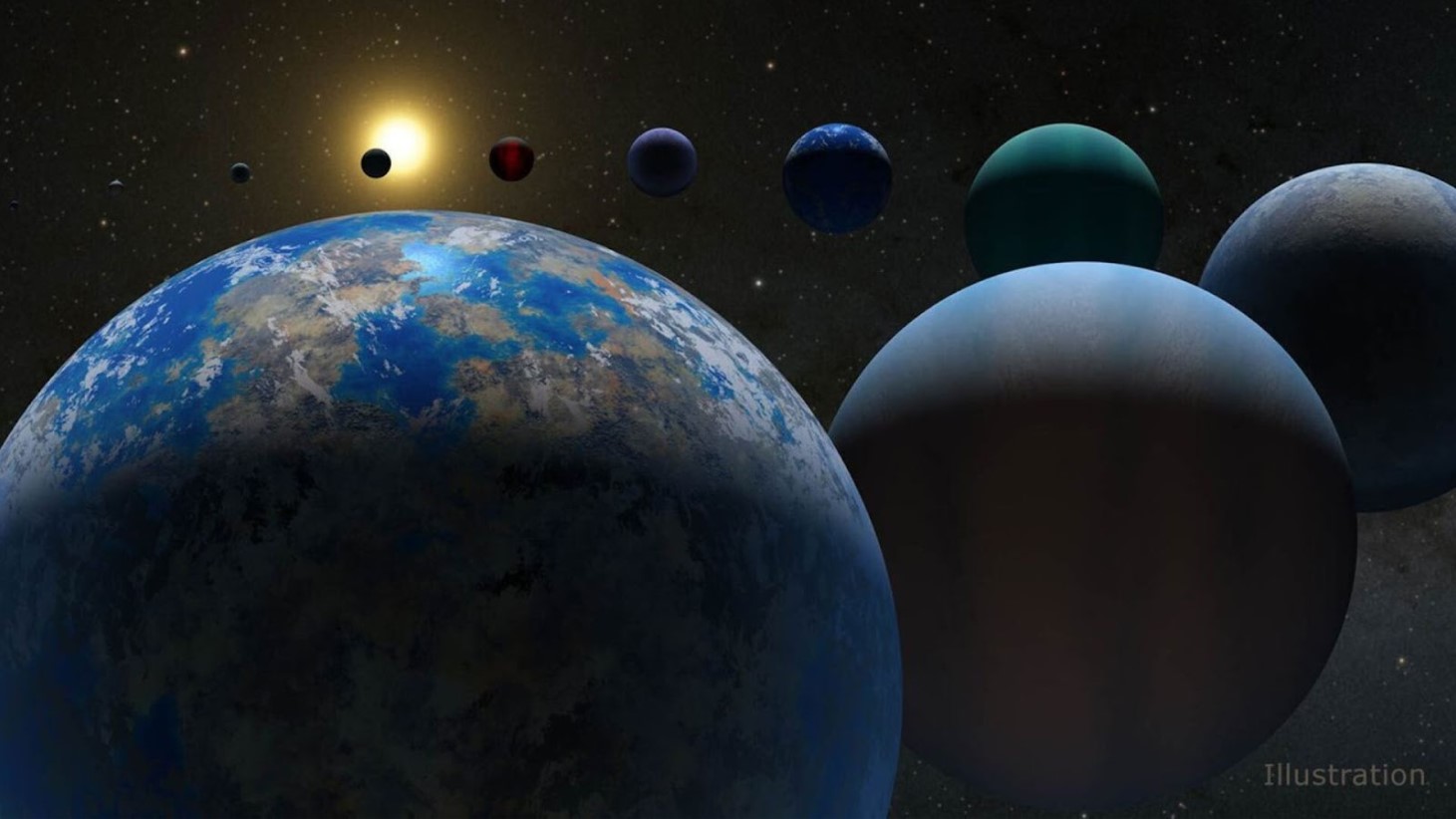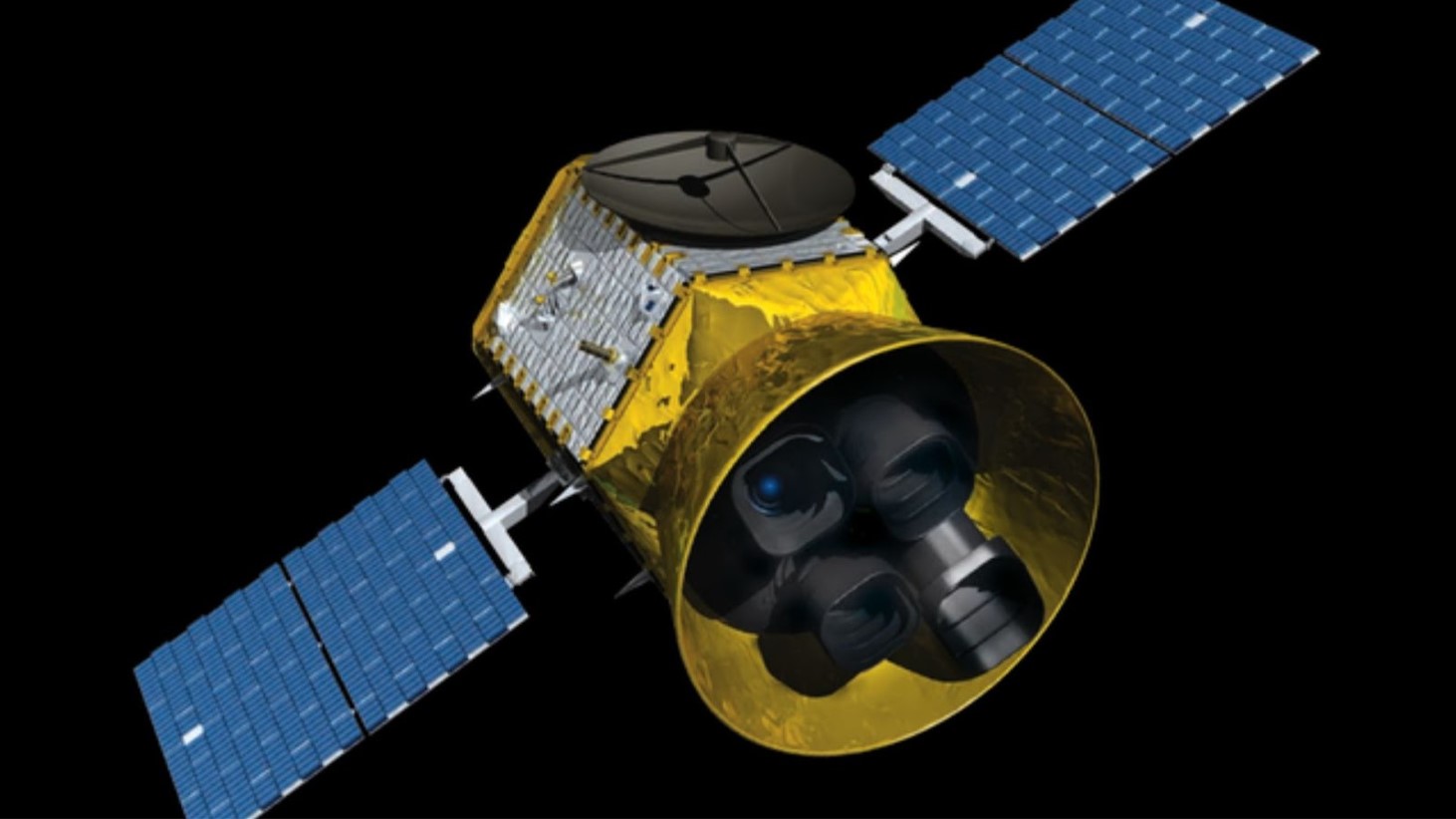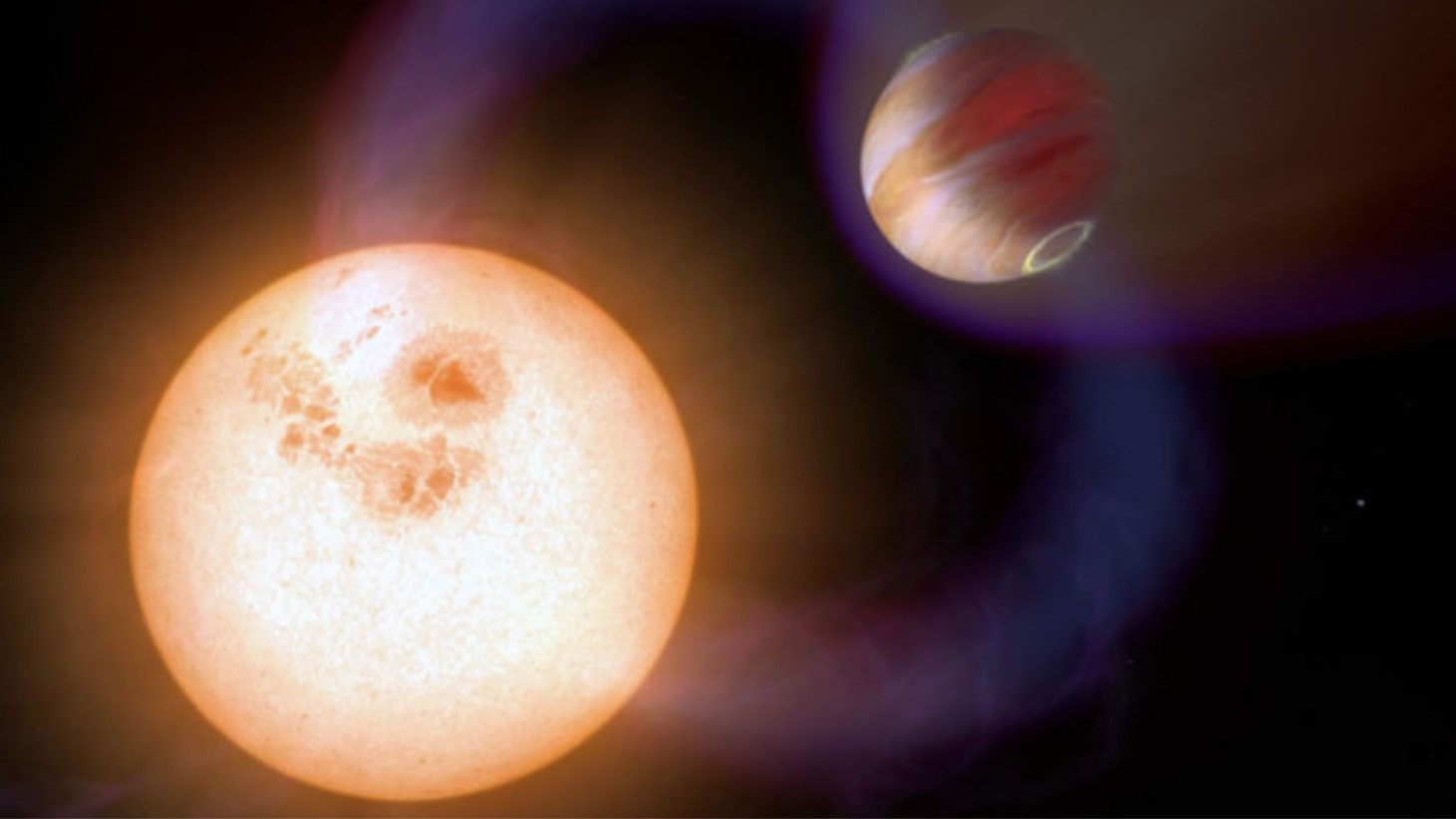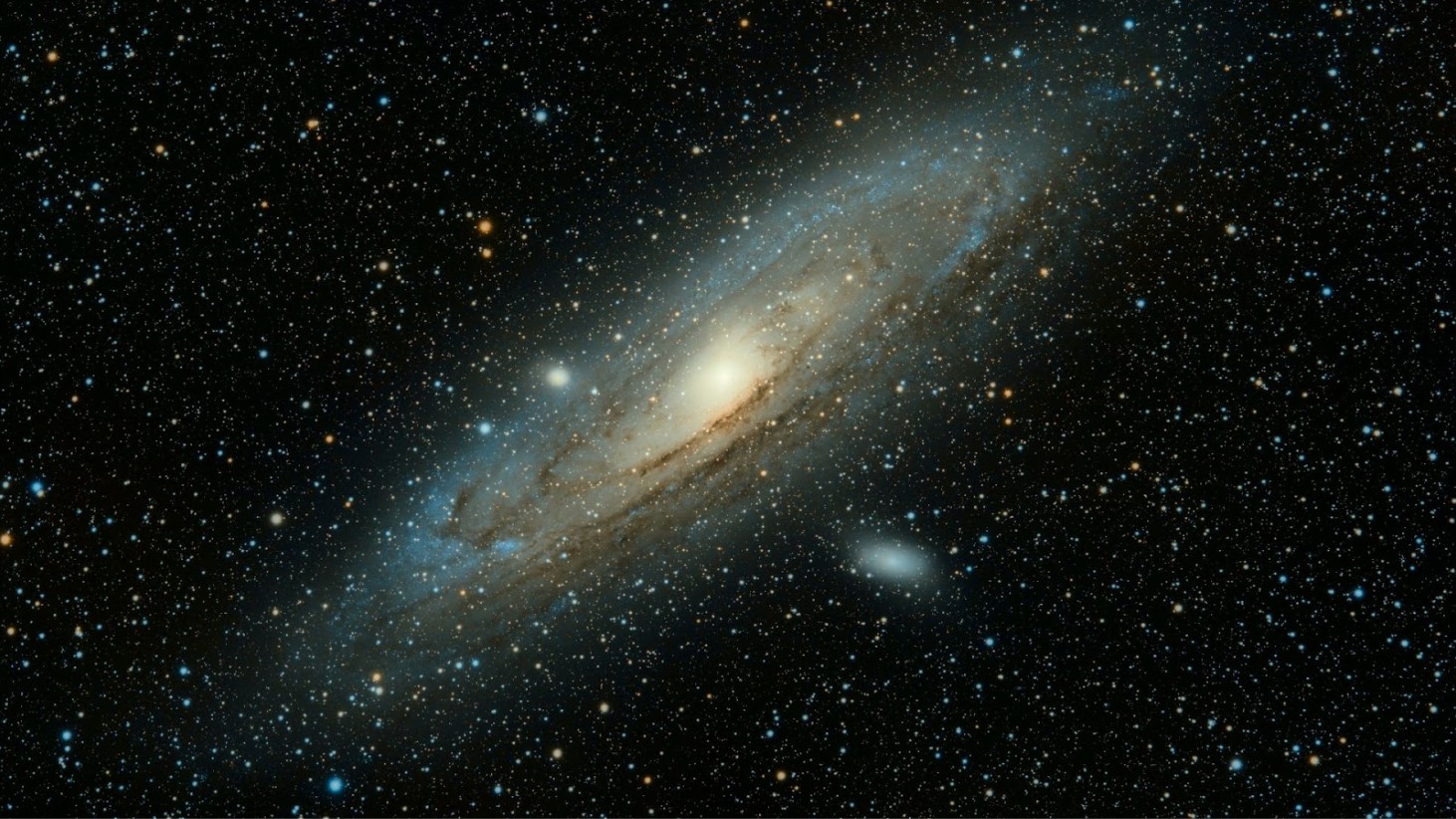Scientists Found an Enormous Planet Made of Metal
A new chapter in astronomical discovery has been unveiled with the identification of a unique planet, Gliese 367 b, also known as Tahay. Made entirely of iron, this discovery challenges previous understandings of planetary composition.
Tahay’s existence was brought to light by scientists exploring the uncharted territories of our universe, offering a glimpse into the cosmic diversity that lies beyond our solar system.
Remarkable Orbital Speed
Tahay is classified as an Ultrashort Period (USP) planet, characterized by its orbit completion in just 7.7 hours. This astonishing speed sets it apart in the celestial community.

Source: NASA/JPL-Caltech
While there are 200 known exoplanets that share a similarly rapid orbit, none boast the unique, dense, iron composition that defines Tahay, making it a subject of intense study and fascination within the astronomical community.
From Rocky Beginnings
The origin of Tahay is steeped in mystery. It is believed to have transitioned from a rocky planet with an iron core, similar to Earth.

Source: Wikimedia Commons
However, a series of unidentified cosmic events stripped it down to its core. This transformation was first observed in 2021 by the Transiting Exoplanet Survey Satellite (TESS), marking the beginning of an ongoing investigation into its enigmatic existence.
Unraveling Density Mysteries
The High-Accuracy Radial Velocity Planet Searcher (HARPS) spectrograph has been instrumental in unveiling Tahay’s astounding density. With a mass 55 percent that of Earth and a 77 percent radius, the planet’s density reveals a world of extraordinary compactness.

Source: Wikimedia Commons
Each observation brings to light intricate details, enhancing our understanding while simultaneously deepening the cosmic mystery surrounding this iron planet.
Theories of Formation
Tahay’s formation is a subject of ongoing debate and speculation. Predominant theories propose a history of catastrophic collisions, leading to the exposure of its iron core. Another hypothesis suggests intense irradiation stripped away its outer layers.

Source: NASA
These theoretical frameworks aim to provide insights into Tahay’s transition, contributing to the broader understanding of planetary evolution and transformation.
Sibling Planets
In the vicinity of Tahay, astronomers discovered two sibling planets within the Gliese 367 system. The close orbits and lower masses of these celestial bodies raise questions about their formation and existence in an environment rich in iron.

Source: SPP 1992 (Patricia Klein)
Each discovery within this system contributes to the intricate tapestry of knowledge regarding celestial bodies and their interactions within the cosmos.
A Detailed Analysis
Each orbit Tahay completes adds more data, enriching the complex narrative of this unique celestial body. Its characteristics are a blend of the known and the mysterious.

Source: Andy Holmes/Unsplash
While its rapid orbit is quantifiable, the implications and origins of such speed in a body of its composition remain areas for detailed research and intensive study in the astronomical community.
Updated Density Information
Further observations have indicated that Tahay is even denser than initially measured. It possesses a mass that’s now understood to be 63 percent of Earth’s, with a 70 percent radius.

Source: NASA
These revelations add layers of complexity to our understanding of this extraordinary celestial body. Each piece of data gathered propels the scientific community into deeper investigations of its unique attributes.
Existence of USP Planets
Tahay is not isolated in its USP classification; it’s part of a broader group of celestial bodies that share this characteristic. These planets, with their swift orbits, underscore the diversity and complexity inherent in the universe.

Source: Wikimedia Commons
Each member of this category unveils distinct attributes, offering invaluable insights that contribute to the expansive narrative of cosmic exploration.
Gliese 367 System
The Gliese 367 system, home to Tahay and its sibling planets, is a source of profound intrigue. Each discovery within this system opens avenues for exploration, expanding our comprehension of the universe.

Source: Guillermo Ferla/Unsplash
The system exemplifies the intricate and diverse nature of cosmic bodies and stands as a reminder of the vast, uncharted territories that await human exploration and understanding.
Unfolding Mysteries
Tahay encapsulates the enigmatic nature of the universe. Each revelation regarding its composition, density, and orbit brings forth additional questions.

Source: NASA
This dynamic interplay between knowledge and mystery is emblematic of the journey of astronomical discovery.
Ongoing Exploration
Gliese 367 b, or Tahay, stands as a testament to the ever-evolving field of astronomy.

Source: Luca Baggio/Unsplash
Its discovery and subsequent studies offer opportunities for greater understanding of planetary formation, evolution, and the intricate web of celestial bodies that populate our universe.
